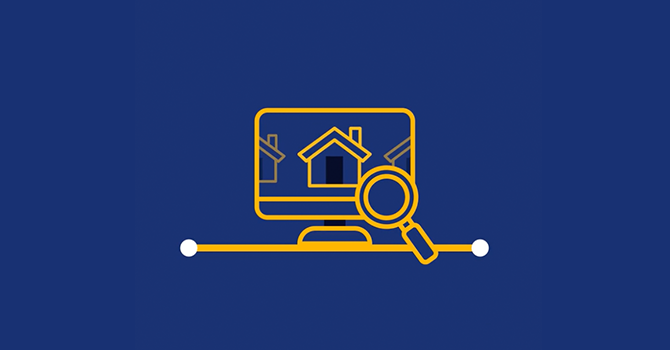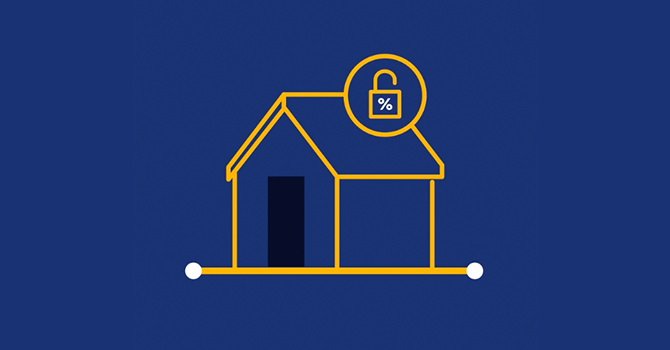Though they have high earning potential, physicians and dentists who want to own a home early in their careers often have difficulty saving enough for a down payment. A high debt-to-income ratio (DTI) from medical school debt and the fact that they won’t reach their full earning potential until later in their career can make it complicated for physicians and dentists to get a mortgage for the home they want.
What is Private Mortgage Insurance (PMI)?
In most cases where your down payment is less than 20%, lenders will typically require you to pay for private mortgage insurance, or PMI, to protect themselves in case you’re unable to make your payments.
How does PMI work?
PMI is typically added to your monthly mortgage payment and typically costs between 0.6% to 1.9% of your loan amount annually, although a high credit score and/or rising property values in your area could help keep that cost on the lower end. Once you’ve built up 20% equity in your home value, PMI is dropped. Watch our quick PMI video to learn more.
Doctors and DTI
In 2023, the average medical school debt for doctors was over $200,000. With that level of debt, it can be difficult early in a doctor’s career to address two key aspects of getting a mortgage – lowering DTI and saving for a 20% down payment. Fortunately, doctors can take a few key steps to understand and get their credit score in shape in preparation for home ownership.
Mortgage considerations for doctors
For most people, not having the funds available for a 20% down payment and having a high DTI generally makes it challenging to qualify for a mortgage, especially one without PMI. However, doctors have other mitigating factors which lenders take into consideration.
High earning potential
Despite not reaching full earning potential as a resident and often carrying six-figure medical school debt, lenders recognize that doctors have the potential to earn significantly higher salaries during their career trajectories. A high earning potential can signal to lenders that doctors are lower risk borrowers.
High employability means lower risk
Lenders also recognize physicians and dentists are essential workers with high employability and rapidly growing demand. According to a report by Association of American Medical Colleges (AAMC), the U.S. faces a projected shortage of between 37,800 and 124,000 physicians by 2034. Due to this demand and their strong employment opportunities, lenders recognize that doctors are likely at low risk of defaulting on their mortgage.
Balancing a higher DTI
For physicians or dentists with sizable medical school debt, a higher DTI doesn’t need to prevent you from affording a monthly mortgage payment. Some lenders offer specific mortgage options for doctors that account for the unique financial needs of doctors at various career stages. Following the five basics of financial success for physicians can help doctors create and stick to a manageable, sustainable budget while working towards major financial milestones, including home ownership.
Physician Mortgage options
One option available to qualifying physicians and dentists is a Physician Mortgage, which has fewer restrictions than conventional mortgages and recognizes the lender’s trust in medical professionals’ creditworthiness and earning potential.
Specifically tailored to meet the financial needs of physicians and dentists, a Physician Mortgage may offer low down payment options with no PMI required.1 That means if you don’t have enough money saved for a 20% down payment, you can still qualify for a mortgage. To learn more about physician mortgages or other mortgage lending options for doctors, click here.
Sources




